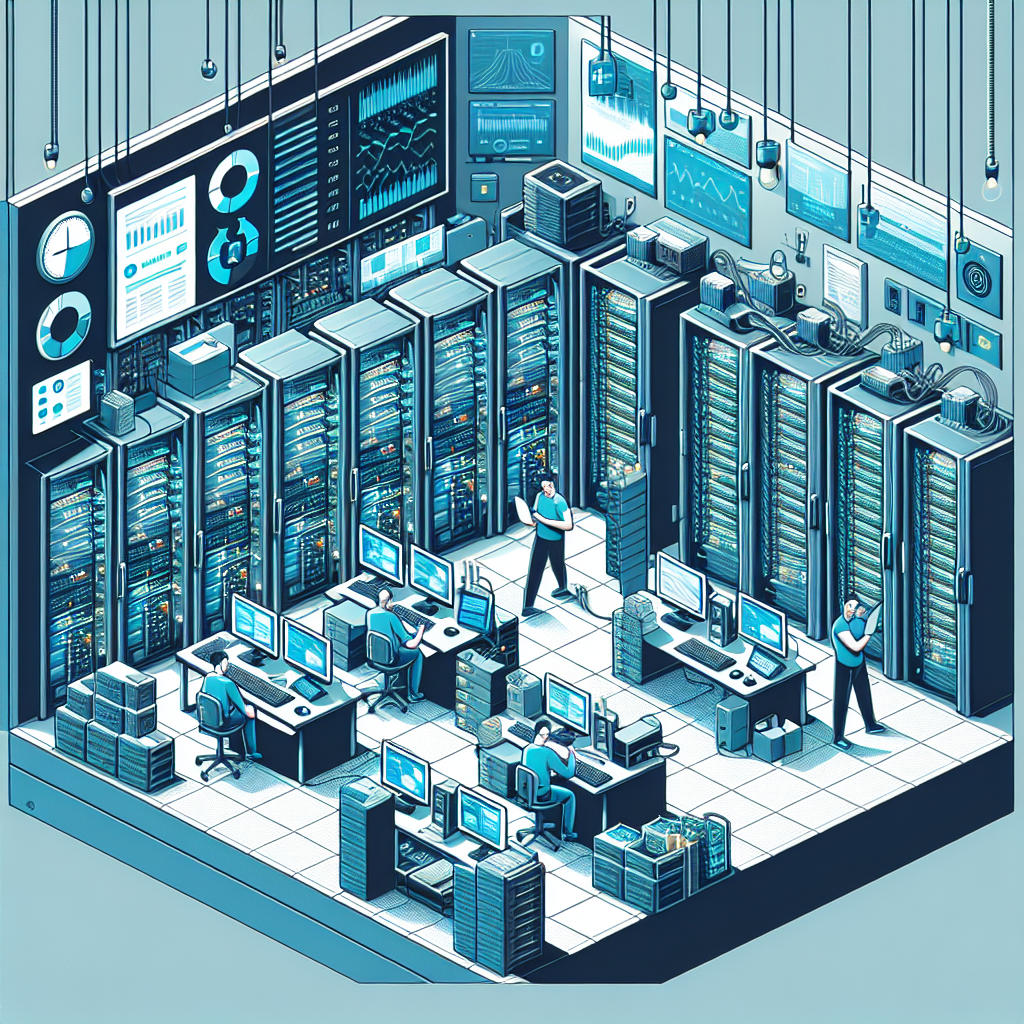In today’s digital age, data centers are the backbone of businesses, housing critical IT infrastructure and storing vast amounts of data. Ensuring the resilience of data centers is essential to prevent costly downtime and maintain business continuity. One key metric used to measure data center resilience is Mean Time Between Failures (MTBF), which calculates the average time between equipment failures.
Improving MTBF in data centers requires a comprehensive approach that addresses various factors that can impact equipment reliability. Here are some best practices for enhancing data center resilience and increasing MTBF:
1. Regular maintenance and monitoring: Implementing a proactive maintenance schedule for data center equipment is crucial to identify and address potential issues before they escalate into failures. Regular monitoring of key performance indicators, such as temperature, humidity, and power consumption, can help detect abnormalities and prevent downtime.
2. Redundant infrastructure: Redundancy is a fundamental principle in data center design to ensure high availability and fault tolerance. Implementing redundant power supplies, cooling systems, and network connections can minimize the impact of equipment failures and maintain uninterrupted operations.
3. Implementing environmental controls: Controlling the data center environment is essential to prevent equipment failures due to overheating or humidity fluctuations. Maintaining optimal temperature and humidity levels, as well as proper airflow management, can extend the lifespan of IT equipment and improve MTBF.
4. Regular testing and disaster recovery planning: Conducting regular testing of backup systems and disaster recovery procedures is essential to ensure that data center operations can quickly resume in the event of a failure. Developing a comprehensive disaster recovery plan that includes regular simulations and updates can help minimize downtime and improve data center resilience.
5. Upgrading outdated equipment: Aging equipment is more prone to failures, leading to decreased MTBF and increased risk of downtime. Regularly assessing the condition of IT infrastructure and upgrading outdated equipment can enhance data center resilience and prevent costly disruptions.
6. Training and education: Investing in employee training and education on data center best practices and procedures can help ensure that staff are equipped to effectively manage and maintain critical IT infrastructure. Well-trained personnel can proactively address issues, troubleshoot problems, and minimize the impact of equipment failures on data center operations.
In conclusion, ensuring data center resilience and improving MTBF requires a holistic approach that encompasses regular maintenance, redundancy, environmental controls, testing, equipment upgrades, and employee training. By implementing these best practices, businesses can enhance the reliability of their data centers, minimize downtime, and maintain uninterrupted operations to support their critical IT infrastructure.


Leave a Reply